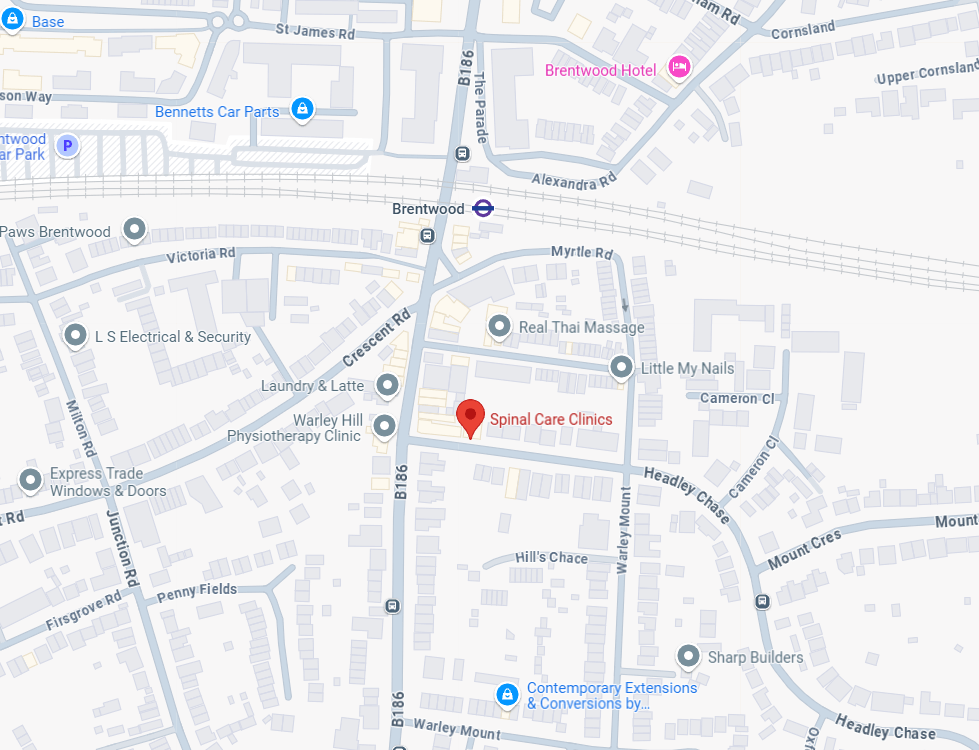
Right behind those flab or fab abs is a little understood group of muscles known as ‘The Core’.
The general consensus is that strengthening these muscles is important to prevent back pain and other injuries, but many don’t fully understand what the core actually is. We’ll tell you straight away, it’s not about building a six-pack – although this does develop more easily when you have a stable core to work from.
Let’s get to the core

The core of an apple is its centre, where you’ll find all the seeds and important stuff. Structurally it keeps the apple together and forms a stabilising bridge from top to bottom. It’s pretty much the same principle in your body!
The core is a group of central muscles that acts to stabilise your body from head to toe. These muscles are very deep and support the spine and its connection with the pelvis. They are the posture keepers, the reason you can sit or stand straight and allow you to move with ease. A strong and stable midsection can give you better balance and reduce back pain.
What does this mean?

For the average person a strong core prevents you from slouching – you’re able to keep upright without feeling the strain in your upper back.
This basic strength also allows you to pull a pair of boots on without feeling a twinge in your lower back.
As you get older, life is much easier and more pleasant with a strong core. It keeps you active, enabling you to keep-up with your children or grandchildren. Getting on and off the floor is no challenge. You can stand-up easily from a chair, sit comfortably at a desk, or hoover and garden without pain.
What about athletes?
For those of you wanting that six pack in time for the summer, you should think of the core as a building block to maximise the function of other muscles. With a strong base, the more superficial muscles such as your ‘abs’ can really take shape and power.
For athletes a strong core is essential to prevent injury. In promoting more efficient movement, it helps boost resilience, performance and will also help speed-up rehab after acute injuries.
‘Find your core’
You’ve probably heard a fitness instructor or a health care professional say this, but ‘finding your core’ doesn’t make any sense if you don’t have a clear image in your head. Building your core first starts with awareness and control. Training these muscles isn’t like training the ones you can see. It isn’t about tightening your belly. People with core strength learn to identify and activate the muscles needed to accomplish certain tasks. It requires concentration, and leads to being more in-tune with the body.
Tai Chi, Yoga and Pilates are all great ways to kick start this awareness as all these practices focus on a balance between the body and the mind.
When strengthening the core you want to avoid using momentum and instead, perform each exercise with awareness so that the core is actually braced or engaged. Give it a go with the plank. This is a great isometric exercise to feel those deep muscles in action and become conscious of them.
Arm yourself with a watch or phone and set a timer for 30 seconds.

- Before starting, think clearly about the depth of the core muscle you’re trying to engage. They line the spine and from the pelvic floor, so pretty deep!
- Start in a push-up position with your toes tucked and your hands at each side of your chest.
- Keep your body straight and completely aligned.
- Avoid sagging at the hips or dipping at the head.
- Take a minute’s break and repeat twice.
Don’t compromise form & remember to breathe!
During our training sessions or 8WW program at Spinal Care Clinics we notice many focus more on reaching the end of the timer with core training exercises and less on body position. Formation is key and if you find yourself sagging, then reduce the time! BUT make sure your body is perfectly aligned and your muscles are engaged.


